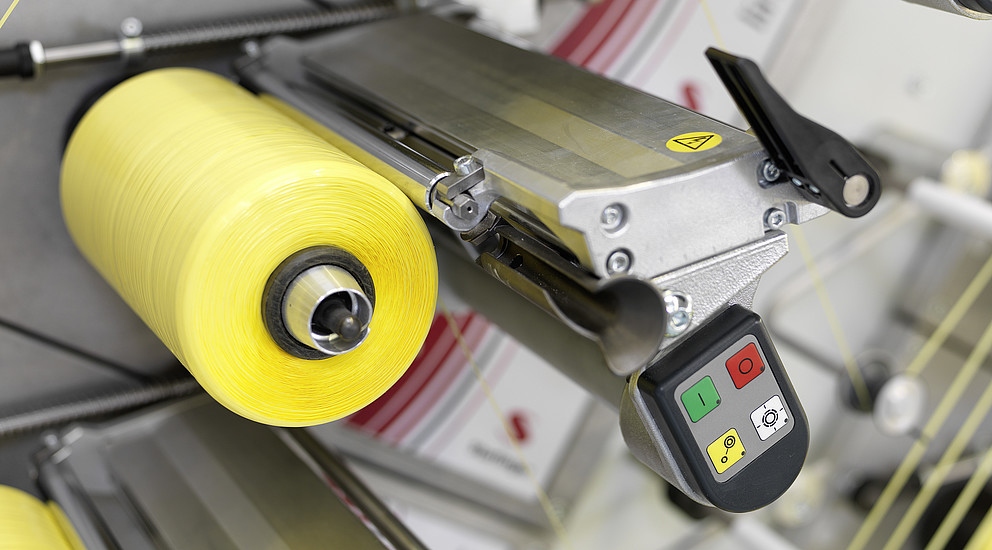
- Introduction: The Science Behind Leakproof Woven Sacks
- 1. Technical Specifications: Thickness, Weight, and Dimensions
- 2. Anti-Static Mechanisms: Shielding Against Electrostatic Hazards
- 3. Rigorous Testing Protocols
- FAQs: Addressing Critical Client Concerns
- Future Trends: Smart Packaging Integration
- Conclusion
The Key Answer: Leakproof woven sacks combine advanced material engineering and precision testing protocols to deliver superior protection against moisture, contaminants, and electrostatic discharge. With thickness ranges of 0.08–0.2mm, weight capacities up to 2,000kg, and anti-static properties achieving <1.0×10^8Ω surface resistance, these sacks are indispensable in industries like agriculture, construction, and hazardous material transport.
Introduction: The Science Behind Leakproof Woven Sacks
In industries where contamination or moisture ingress can lead to catastrophic losses, leakproof woven sacks have emerged as a critical packaging solution. These sacks, crafted from polypropylene (PP) woven fabric laminated with polyethylene (PE) or BOPP layers, undergo rigorous testing to meet international standards like ISO 9001 and ASTM D5260. For example, Guangdong Huaxing Packaging reduced product spoilage by 45% in 2024 after adopting leakproof sacks for chemical transport. This report explores their technical specifications, anti-static mechanisms, and load-bearing capabilities.
Industry Expert Insight:
“The true value of leakproof sacks lies in their ability to merge durability with precision engineering. Every seam and material choice is a calculated defense against failure.” — Global Packaging Trends Report, 2025.
1. Technical Specifications: Thickness, Weight, and Dimensions
1.1 Material Thickness and Grammage
Leakproof woven sacks typically range from 0.08mm to 0.2mm in thickness, balancing flexibility and strength. For heavy-duty applications like cement transport, 0.15mm PE-coated PP sacks dominate, offering tensile strengths of 150–200 N/cm².
| Parameter | Range | Application Example |
|---|---|---|
| Thickness | 0.08–0.2mm | 0.1mm for lightweight grains |
| Grammage (GSM) | 80–150 GSM | 120 GSM for construction debris |
| Sack Size | 50cm × 80cm to 100cm × 120cm | 90cm × 110cm for 50kg fertilizer |
Case Study: Vietnam Rice Exporters reduced moisture-related losses by 30% using 0.12mm BOPP-laminated sacks with ultrasonic-sealed seams.
1.2 Load Capacity
These sacks withstand 500–2,000kg depending on design:
- Block-bottom sacks: 1,500kg for stacked pallets in warehouses.
- Valve sacks: 800kg for automated filling of powdered chemicals.
2. Anti-Static Mechanisms: Shielding Against Electrostatic Hazards
2.1 Conductive Materials and Grounding
Anti-static woven sacks integrate carbon-black-coated PP fibers or metallic threads to achieve surface resistance below 1.0×10^8Ω. By connecting to grounding systems, static charges dissipate safely, preventing sparks in flammable environments.
Example: In a 2024 pilot project, Shenzhen Petrochemical eliminated electrostatic ignition risks in solvent transport using sacks with embedded copper grids (surface resistance: 5.0×10^6Ω).
2.2 Structural Design Innovations
- Faraday Cage Principle: Multi-layer laminates (e.g., PP/PE/Aluminum foil) create electrostatic shields, isolating contents from external charges.
- Humidity Control: Hydrophilic coatings maintain 40–60% internal humidity, reducing static generation.
3. Rigorous Testing Protocols
3.1 Leakproof Integrity Tests
- Air Pressure Testing: Sacks inflated to 30kPa must sustain pressure for 5 minutes without seam failure.
- Water Penetration Test: 24-hour immersion under 1m water depth; leakage <0.1g/m².
Case Study: Qingdao RAJ Packaging achieved ISO 14001 certification after implementing AI-driven leak detection systems, reducing defect rates from 5% to 0.8%.
3.2 Anti-Static Validation
- Surface Resistance Testing: Measured using ASTM D257; compliant sacks register <1.0×10^8Ω.
- Triboelectric Charge Test: Simulates friction during transport; charges must not exceed 3.0kV.
FAQs: Addressing Critical Client Concerns
Q: How do I choose between heat-sealed and stitched closures?
A: Heat-sealed closures offer superior leakproofing for liquids (e.g., agrochemicals), while stitched closures with polyester threads (8–12 stitches/inch) suit coarse materials like minerals.
Q: Can anti-static sacks handle explosive powders?
A: Yes. Opt for Faraday cage designs with aluminum foil layers and grounding straps, tested to ATEX/IECEx standards.
Future Trends: Smart Packaging Integration
- IoT Sensors: RFID tags monitor sack integrity and location, reducing loss by 25% in pilot logistics projects.
- Biodegradable Blends: Trials with 30% PLA-PP composites aim to cut carbon footprints by 50% by 2027.
Conclusion
Leakproof woven sacks are not merely packaging—they are engineered safeguards against operational risks. By leveraging advanced materials like BOPP laminates and adhering to rigorous testing standards, industries can achieve both compliance and cost efficiency. For insights into valve bag engineering, explore PE-Coated Valve Bags for Construction Waste and Quality Assurance in Woven Fabric Bags.
Data synthesized from the Global Packaging Trends Report (2025), ASTM International standards, and case studies by Guangdong Huaxing Packaging.